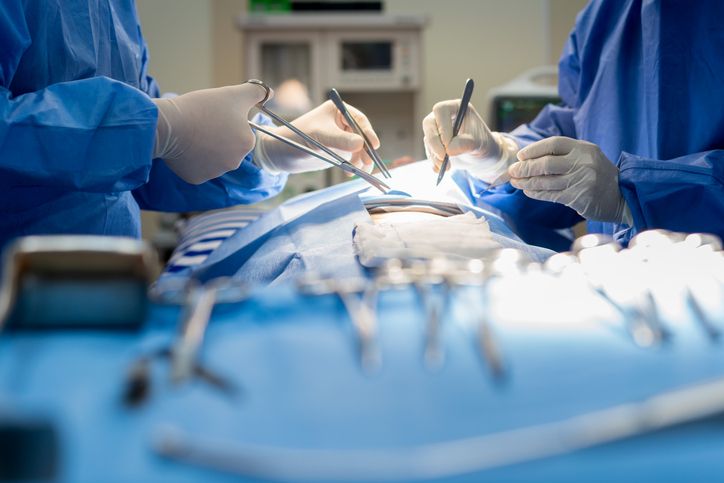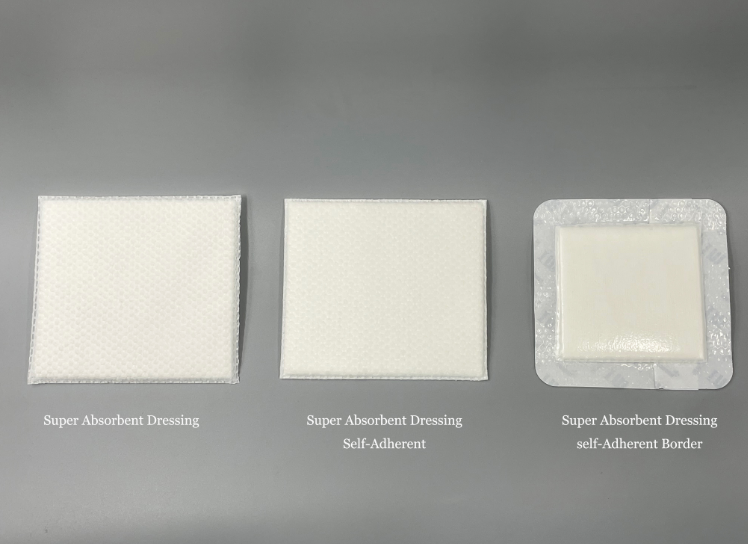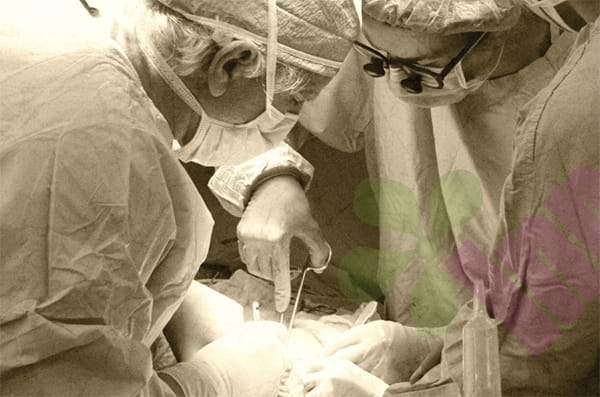Cancerous wounds are a common complication in cancer patients, typically presenting as persistent, irregularly marginated ulcers accompanied by necrotic tissue and abnormal secretions. These wounds are challenging to manage and require a phased, individualized treatment plan designed to balance symptom control and quality of life.

What are the typical characteristics of cancerous wounds?
Cancerous wounds have several notable characteristics. The wound surface is often irregular in shape, with raised edges or crater-like changes. The base is often covered with necrotic tissue, which is yellow-white or gray-black in color and has a foul odor. The amount of exudate is usually large and may contain bloody components. The wound surface bleeds easily and can be induced by the slightest touch. Pigmentation or satellite nodules may appear on the surrounding skin. Patients often have obvious pain, which worsens at night, and conventional analgesics have limited effect. These characteristics are significantly different from ordinary chronic wounds and need to be carefully distinguished during clinical diagnosis.
How to deal with necrotic tissue and infection in cancerous wounds?
The focus of the initial treatment of cancerous wounds is on the removal of necrotic tissue and infection control. Jiedu Shengji ointment is a commonly used topical preparation that contains multiple Chinese herbal ingredients. It can gently dissolve necrotic tissue and reduce inflammatory reactions. When used, apply it evenly to the wound, cover it with an appropriate dressing, and change it once a day. For wounds with obvious infection, silver ion dressings are an ideal choice. Silver ions have a broad-spectrum antibacterial effect and can effectively inhibit the growth of bacteria in the wound. Severe infections require systemic antibiotic treatment, and it is best to choose sensitive drugs based on the results of bacterial culture. Debridement should be gentle to avoid large-scale sharp debridement that may cause bleeding or tumor spread. Controlling exudate is also important. Exudate can be managed with highly absorbent alginate or foam dressings.
How to promote the growth of granulation tissue in cancerous wounds?
After the necrotic tissue is cleared and the infection is controlled, the focus of treatment shifts to promoting granulation growth. Growth factor gel can stimulate wound cell proliferation and angiogenesis. Recombinant human epidermal growth factor or basic fibroblast growth factor is commonly used and applied 1-2 times a day. Use new dressings such as hydrocolloid or hydrocolloid dressings to create a moderately moist environment. Negative pressure wound therapy is also effective for some cancerous wounds, reducing exudate and promoting granulation formation. Nutritional support cannot be ignored. Patients need a high-protein, high-calorie diet and supplement vitamins and trace elements when necessary. Pain management should be carried out throughout the entire process, and a step-by-step analgesia plan can be used to improve patient comfort.
What are the special considerations for caring for cancerous wounds?
Several aspects require special attention in the care of cancerous wounds. The frequency of dressing changes should be adjusted according to the exudation situation. When there is a lot of exudate, it may need to be changed daily, and when there is less exudate, the interval can be extended. The operation should be gentle to avoid rough debridement that may cause bleeding. The selection of dressings should take into account the patient's comfort and avoid secondary damage caused by excessive viscosity. Odor control is very important, and dressings containing activated carbon or local deodorants can be used. Wounds with a high risk of bleeding should be prepared with hemostatic materials and compression dressings. Psychological support is also critical to help patients and their families face wound problems correctly. Regularly assess wound changes and record parameters such as size, depth, and exudation to provide a basis for treatment adjustments.

In what situations do you need to seek professional medical help?
Patients with cancerous wounds who are cared for at home should seek medical attention promptly if they encounter the following situations. The wound suddenly increases in size or deepens, indicating that the tumor may progress. Bleeding is difficult to control, and conventional compression is ineffective. Signs of infection worsen, such as redness and swelling, pus exudation, fever, etc. The pain is significantly aggravated, and the original analgesic regimen is ineffective. The general condition worsens, with fatigue and a significant decrease in appetite. These changes may require adjustments to the treatment plan, including consideration of anti-tumor treatments such as radiotherapy and chemotherapy, or local treatments such as interventional hemostasis and surgical debridement. Multidisciplinary team collaboration is particularly important for the management of complex cancerous wounds.
Managing cancerous wounds is a long-term process that requires the collaborative efforts of healthcare professionals, patients, and their families. Initially, the focus is on controlling infection and debridement of necrotic tissue, while later, promoting granulation growth. Throughout this process, pain relief, odor control, and exudate management are key to improving quality of life. For more information on Innomed® Silicone Foam Dressing, refer to the Previous Articles. If you have customized needs, you are welcome to contact us; you can do so wholeheartedly. At longterm medical, we transform this data by innovating and developing products that make life easier for those who need loving care.
Editor: kiki Jia

 English
English عربى
عربى Español
Español русский
русский 中文简体
中文简体








